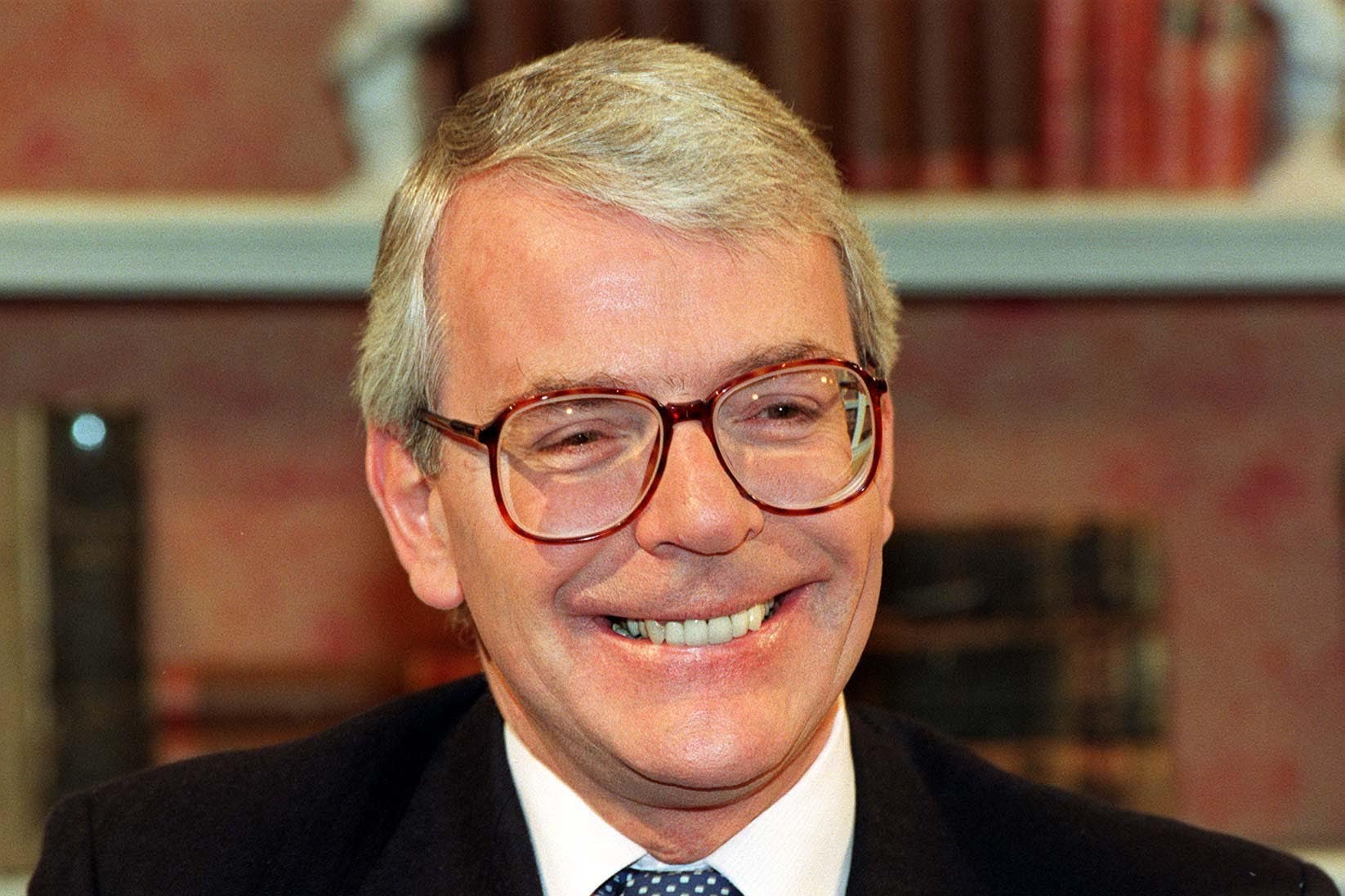A short history of ‘confidence matters’ in the House of Commons
Treating routine votes as confidence matters is a rare and high-stakes tactic that was last used in 1994.

Your support helps us to tell the story
From reproductive rights to climate change to Big Tech, The Independent is on the ground when the story is developing. Whether it's investigating the financials of Elon Musk's pro-Trump PAC or producing our latest documentary, 'The A Word', which shines a light on the American women fighting for reproductive rights, we know how important it is to parse out the facts from the messaging.
At such a critical moment in US history, we need reporters on the ground. Your donation allows us to keep sending journalists to speak to both sides of the story.
The Independent is trusted by Americans across the entire political spectrum. And unlike many other quality news outlets, we choose not to lock Americans out of our reporting and analysis with paywalls. We believe quality journalism should be available to everyone, paid for by those who can afford it.
Your support makes all the difference.Declaring a routine vote to be a matter of confidence in the Government is an unusual step.
Formal confidence motions, generally called by the opposition, have been much more common throughout the 20th and 21st centuries.
But, with the repeal of the Fixed Term Parliaments Act, the Government again has the ability to declare any vote it likes to be a confidence matter, meaning defeat will be taken as a sign it has lost the confidence of the House of Commons and should therefore resign.
The last time a Government took this step was in November 1994 when John Major faced rebellion from backbench Tories opposed to the Maastricht Treaty.
In the event, only nine MPs rebelled on the European Communities (Finance) Bill, all of whom lost the whip only to have it restored the following year.
Prior to that, the tactic had not been used since the 1970s, although both Mr Major and Margaret Thatcher faced “censure” motions that would have condemned the Government so strongly it would have been difficult to avoid treating them as confidence motions if they had passed.
The 1970s saw the tactic of declaring a vote to be a matter of confidence deployed three times.
In 1972, Ted Heath’s Government declared the second reading of the European Communities Bill to be a confidence matter, securing passage of the law that took the UK into what became the EU.
Then, in 1976, Harold Wilson declared an adjournment debate on his economic policy to be a confidence issue.
Mr Wilson had been defeated on a similar motion the previous night thanks to a rebellion by left-wing Labour MPs, but the threat that the Government would fall if the defeat was repeated brought the rebels back on side.
A year later, Jim Callaghan used the same tactic in an adjournment debate on his counter-inflation policy. Despite lacking an overall majority in the Commons, this was the only time Mr Callaghan used this particular tactic.
The most famous example of declaring a routine vote to be a confidence issue came on May 8 1940 in an adjournment debate on the conduct of World War II.
Sometimes called the “Norway Debate”, it saw the Government harshly criticised for military failures against the Nazi invasion of Norway and its overall conduct of the War.
Although the Government won the vote, its drastically reduced majority persuaded Neville Chamberlain that his position was untenable and he resigned on May 10, paving the way for Winston Churchill to become Prime Minister.
The tactic appears to have been much more common in the 19th century, with William Gladstone resigning twice after defeats on key legislation – the Irish University Bill in 1873 and his attempt to grant Irish Home Rule in 1886.
Other Prime Ministers brought down in a similar way include Lord Palmerston, Robert Peel, the Duke of Wellington and Lord John Russell, whose Government resigned in 1852 after losing a vote on whether the word “local” should remain in the title of its Local Militia Bill – a vote that served as a proxy for his contest with Lord Palmerston.